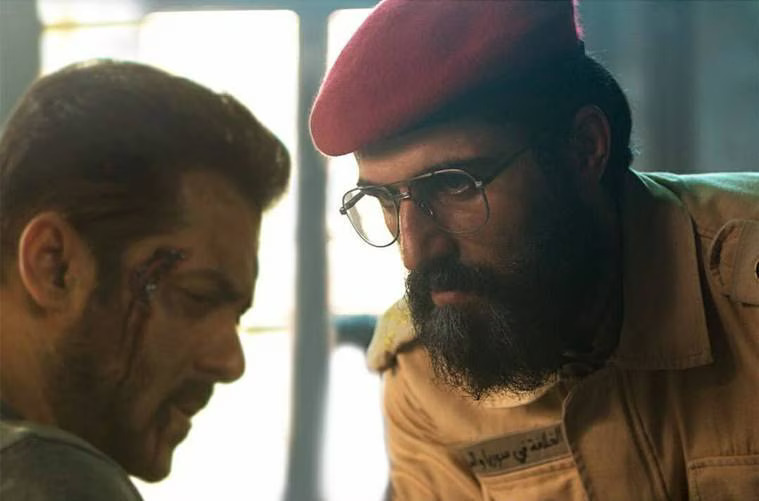When Bollywood beats meet oud melodies, and biryani cozies up to baklava — you know something magical is brewing. From the runways of Dubai to the streets of Mumbai, the cultural chemistry between the Middle East and India is having a full-blown moment. It’s not just a fling — it’s a full-on creative romance. Think of couture collabs, musical mashups, and cinematic crossovers that are blurring borders and blending traditions with flair. In a world that’s obsessed with East vs. West, this East-meets-East fusion is the underrated vibe shift we didn’t know we needed!
Fashion Forward Fusion

The fashion industry has been at the forefront of this cultural dialogue. Designers from both regions frequently draw inspiration from each other — think kaftans with Indian embroidery, or lehengas paired with Arabic calligraphy and silhouettes. Events like Dubai Fashion Week and Lakmé Fashion Week often feature designers who bridge both worlds, merging modesty with opulence in a way that appeals to audiences across the globe.

Luxury labels in the Middle East increasingly work with Indian artisans for hand embroidery, beadwork, and intricate detailing — celebrating craftsmanship that has been perfected over generations. Designers like Manish Malhotra and Anita Dongre stitched modesty right into the runway, proving that style doesn’t need to shout to make a statement. At the recent Dubai Fashion Week, Manish Malhotra unveiled his latest World collection—a chic fusion of abayas, kaftans, and dresses that whispered elegance with every swish.
Music & Dance: A Rhythmic Bond
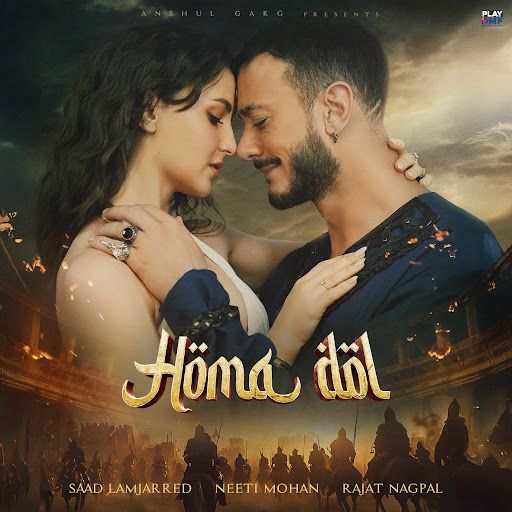
Bollywood music has long had fans in the Middle East, but now, collaborations between Indian and Arab artists are turning that admiration into joint projects. From fusion tracks featuring Arabic beats and Hindi lyrics – like Guli Mata, Homa Dol, and the Arabic version of Jhoome Jo Pathaan – to viral dance videos on platforms like TikTok and Instagram, the younger generation is driving a wave of cultural experimentation.
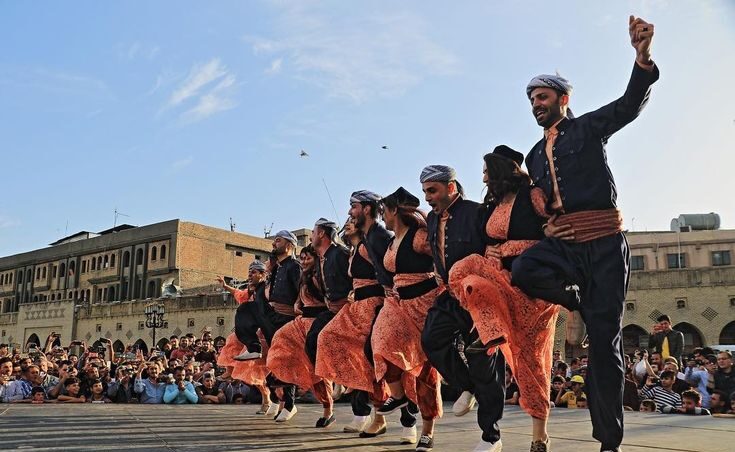
Also not to forget that in Sikandar Naache from Sikandar – a blend of Dabke (Middle Eastern dance form) was performed by the background dancers.
Film & Entertainment: Storytelling Without Borders
Indian cinema, especially Bollywood, has found a loyal audience in the Middle East. Films premiere in Dubai with the same fanfare as they do in Mumbai. But what’s more exciting is the increasing number of co-productions and shared projects.
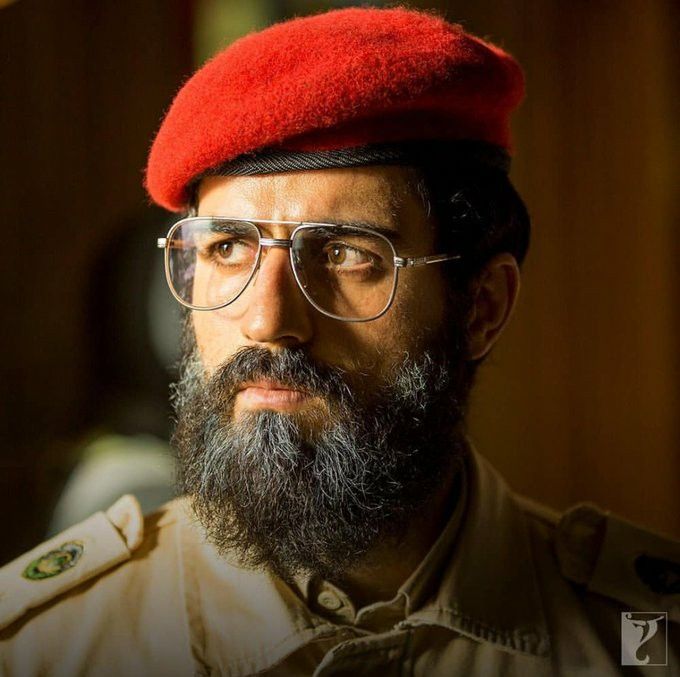
Actors from both regions are beginning to cross borders — whether it’s Indian stars endorsing brands in the UAE or Gulf-based actors making appearances in Indian films – just like Sajjad Delafrooz, Iranian actor, played an antagonist in Tiger Zinda Hai. Streaming platforms are also bridging the gap by offering content that caters to both audiences, often subtitled and localized to allow cross-cultural appreciation.
Food: Where Flavors Fuse
The culinary connection is perhaps the most delicious part of this cultural blend. Middle Eastern and Indian flavors are both bold, rich, and aromatic. It’s no surprise then that restaurants in both regions are experimenting with fusion menus.
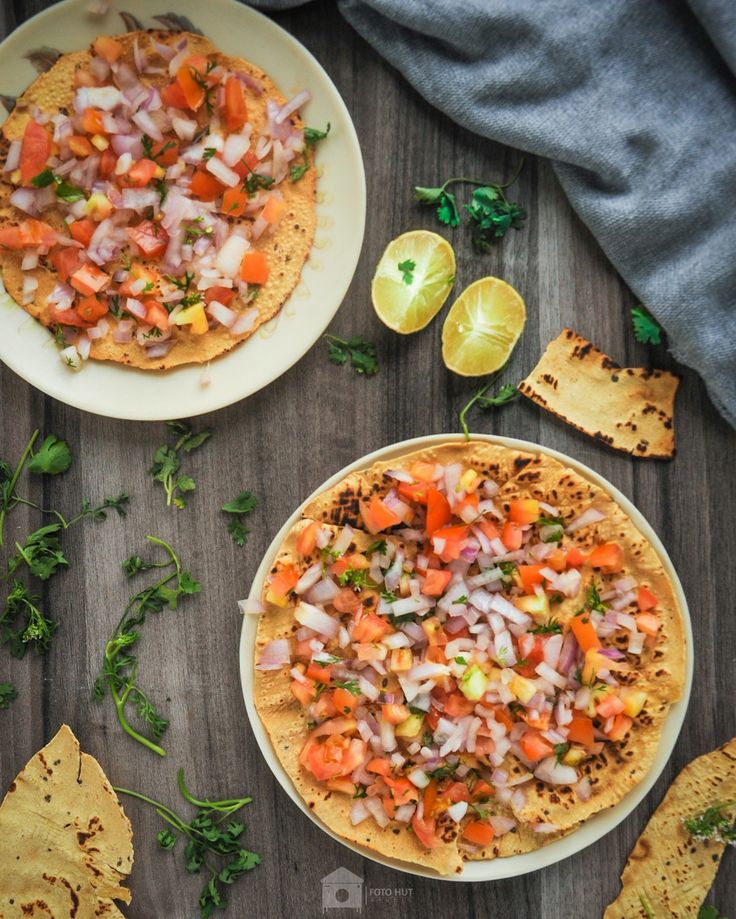
Think biryani spiced with za’atar, or hummus served with masala papad. Indian chefs in Dubai and Abu Dhabi are reinventing traditional dishes with regional twists, while Emirati chefs are increasingly incorporating Indian techniques into their culinary creations.
Social Media: The New Silk Road
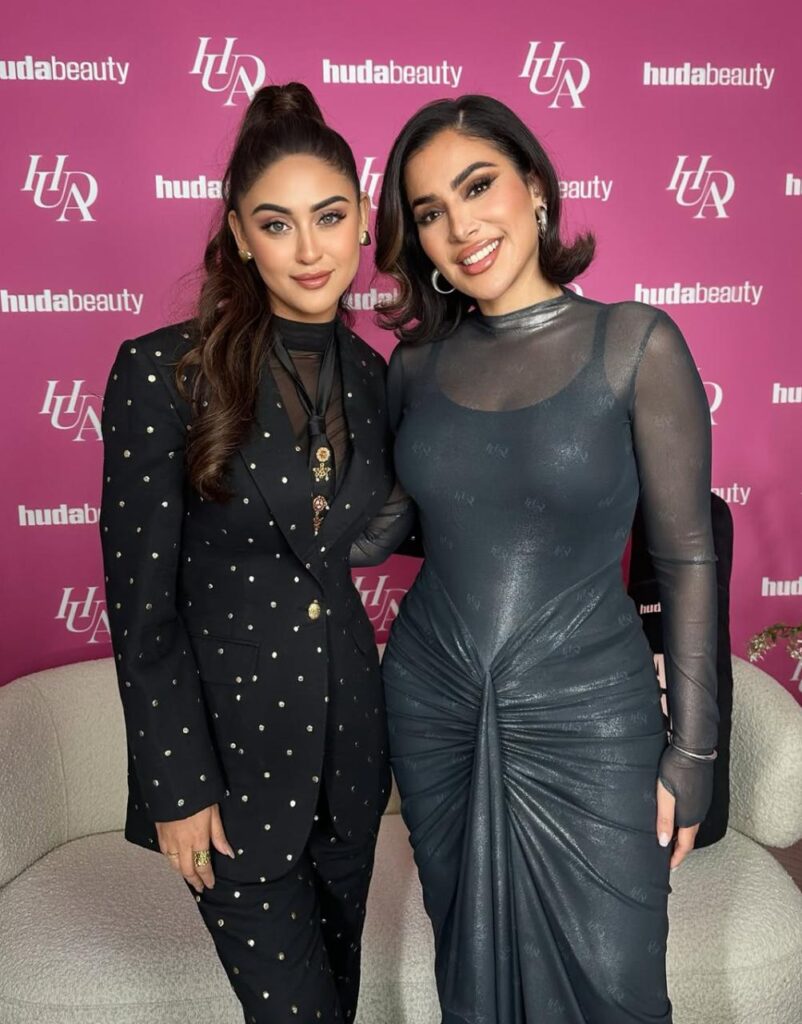
The digital age has accelerated this cultural blend. Influencers, content creators, and artists from both regions regularly collaborate — from fashion reels and music covers to joint podcasts and travel vlogs. The Middle East’s glitzy skyline meets India’s colorful chaos in aesthetic harmony on our screens.
Dubai has become a melting pot — a playground for creators who embody both cultures and create content that resonates from Riyadh to Rajasthan.
The bond between the Middle East and India is a reminder that diversity can be celebrated, not diluted. That heritage can evolve, not disappear. And that when two rich cultures come together, they don’t clash — they create!
(Contributed by Wajeeha Syed)

